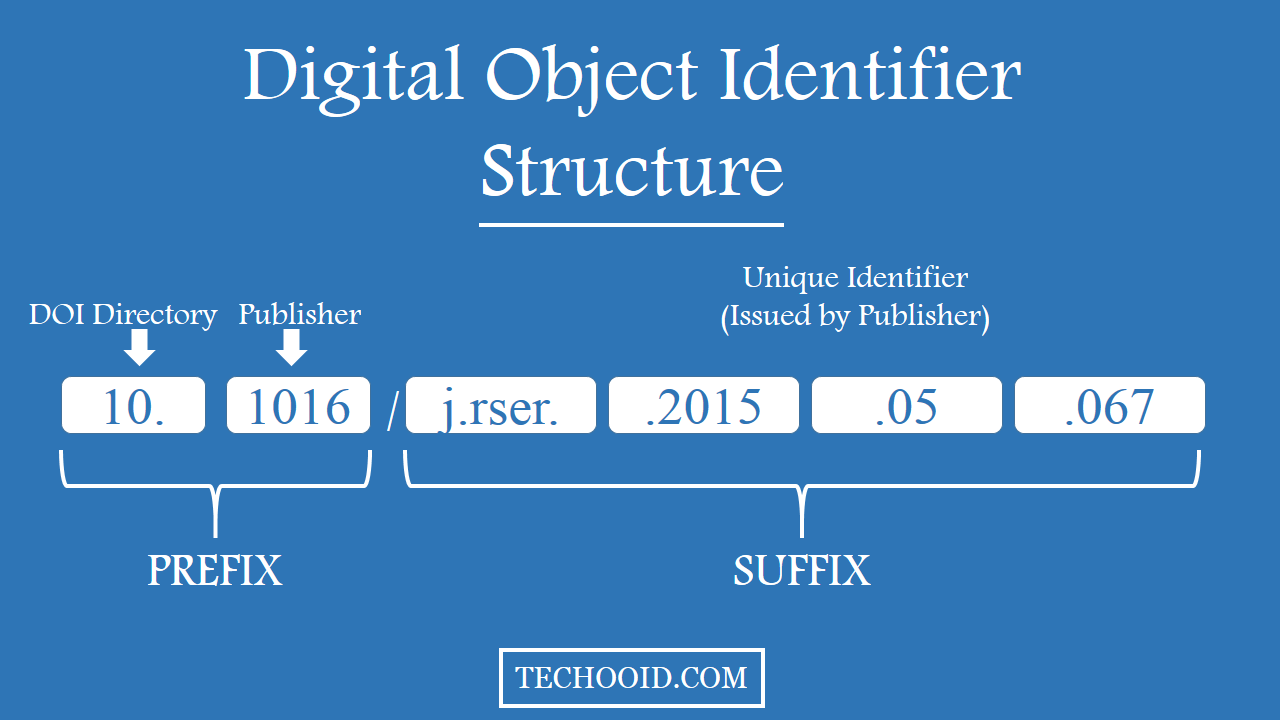This guide is focused on the Crossmarks and Digital Object Identifier (DOI) which are one of the essential elements of a research paper nowadays. This will help you to not only understand these two things but to use them effectively as well.
Digital Object Identifier
DOI is an alphanumeric string to identify an object and it’s persistent link over the internet. Consider it a linker shorter service but primarily used by the Academic Publishers.
The DOI for a document remains fixed over the lifetime of the document, whereas its location and other metadata may change. Referring to an online document by its DOI provides more stable linking than simply using its URL because if its URL changes, the publisher only needs to update the metadata for the DOI to link to the new URL.
DOIs help you:
- Make your research citable. DOIs provide information on where your work can be found online. They are guaranteed to never change, making them a great way to provide a reliable link to any of your research.
- Showcase all of your research. DOIs provide the ability to find all publications associated with a single author, including research that hasn’t been published.
- Put a date on your discovery. DOIs include the publishing date of your research, to make sure you get the credit you deserve.

How to Register a DOI?
DOI is provided by the publishing organization. A researcher doesn’t have to worry about the DOI. But before publishing your paper in some journal, make sure that they provide the DOIs.
Crossmark
Crossmark is a great utility of research publications, this basically helps to check the currency of the articles and other related metadata which includes:
- Recent Updates
- Affiliations
- ISSN
- ISBN
- Reference lists
- Funding Data
- Many other identifiers
Please make sure to share your feedback with this about this concise guide on Document Object Identifiers DOI and Crossmark research paper utilities.